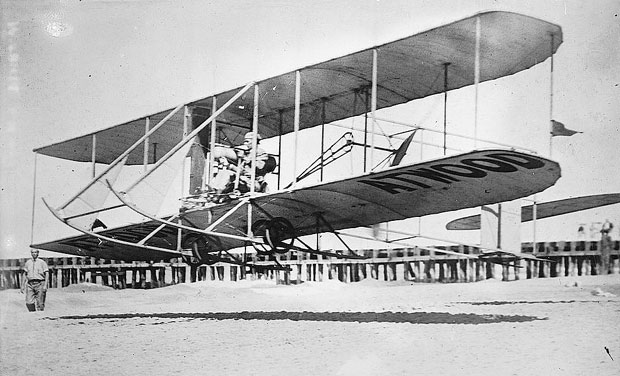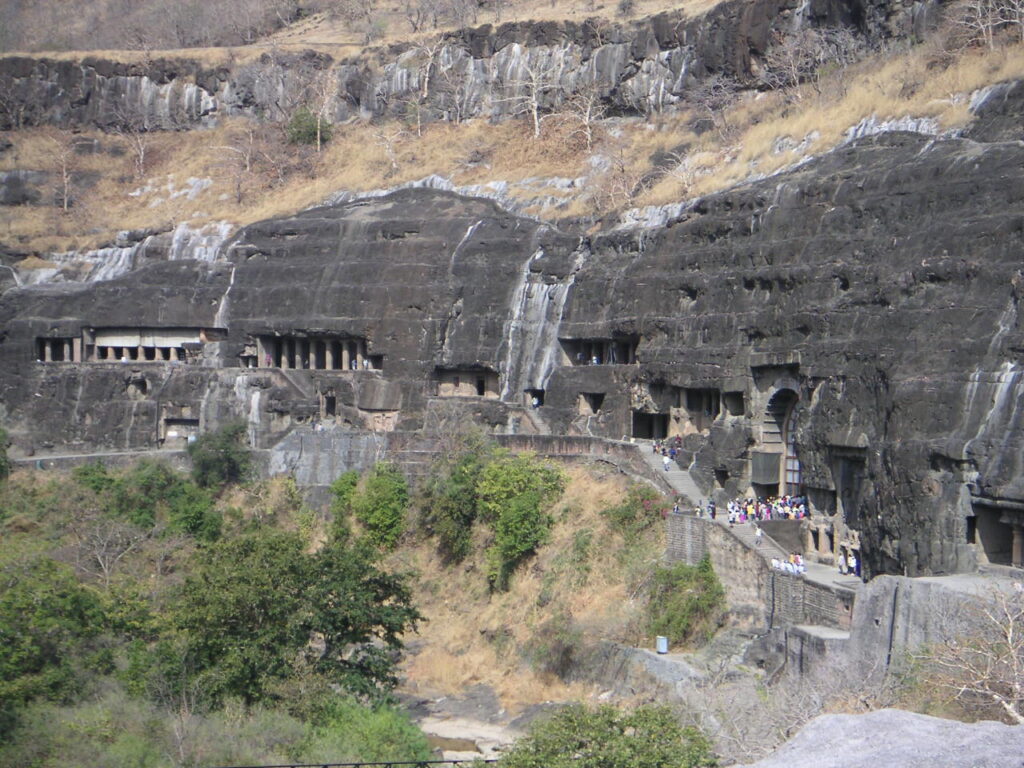Introduction: The history of aviation in India is not only marked by technological advancements and achievements but also by the remarkable contributions of individuals who dared to dream of flight and pushed the boundaries of innovation. Among these visionaries, the Banerjee brothers, Ritendra Nath Banerjee (R. N. Banerjee) and Kalyan Kumar Banerjee, stand out as the pioneers of Indian aviation. This essay explores their journey, their groundbreaking work in aircraft development, and their lasting impact on the aerospace industry in India.
Early Years and Inspiration: R. N. Banerjee and Kalyan Kumar Banerjee were born in Calcutta (now Kolkata) in the late 19th century, at a time when aviation was still in its infancy. Growing up in an era captivated by the achievements of the Wright Brothers and other aviation pioneers, the Banerjee brothers were inspired by the dream of flight from a young age. Their fascination with aviation would shape their destinies and lead them on a journey of innovation and exploration.
The Quest for Flight: In the early 1910s, fueled by their passion for aviation, R. N. Banerjee and Kalyan Kumar Banerjee embarked on a quest to build their own aircraft. Undeterred by the lack of resources and expertise, they set up makeshift workshops and laboratories where they experimented with aircraft design, aerodynamics, and propulsion systems. Their determination to overcome challenges and their unwavering belief in their abilities propelled them forward in their pursuit of flight.
The Birth of the Bandhu: In 1911, after years of relentless effort and experimentation, the Banerjee brothers achieved a significant milestone: the successful construction and flight of their first powered aircraft, the “Bandhu.” The Bandhu, a biplane featuring a wooden frame and fabric covering, was a testament to the ingenuity and innovation of the Banerjee brothers. Powered by a rear-mounted engine driving a tractor propeller, the Bandhu made its historic maiden flight on February 18, 1911, at Dum Dum, near Calcutta.
The flight of the Bandhu captured the imagination of the public and the attention of the aviation community both in India and abroad. It marked a watershed moment in Indian aviation history, making the Banerjee brothers the first Indians to design, build, and fly a powered aircraft. The success of the Bandhu not only demonstrated the technical prowess of the Banerjee brothers but also showcased India’s potential in the field of aerospace technology.
Legacy and Impact: The legacy of the Banerjee brothers extends far beyond their groundbreaking achievements in aviation. Their pioneering work inspired a new generation of aviation enthusiasts and laid the foundation for the development of India’s indigenous aerospace industry. Their courage, creativity, and commitment to innovation continue to inspire engineers, scientists, and entrepreneurs in India and around the world.
The Banerjee brothers’ contributions to Indian aviation are commemorated through various initiatives and institutions dedicated to preserving their legacy. Their names are etched in the annals of Indian aviation history, serving as a reminder of the power of human ingenuity and the enduring spirit of exploration.
Conclusion: In conclusion, the Banerjee brothers, R. N. Banerjee and Kalyan Kumar Banerjee, left an indelible mark on the history of Indian aviation through their pioneering work, their groundbreaking achievements, and their enduring legacy. Their journey from dreamers to doers exemplifies the spirit of innovation, determination, and resilience that defines the human quest for flight. As we celebrate their contributions to Indian aviation, we are reminded of the boundless potential of the human spirit and the limitless possibilities of the skies.






